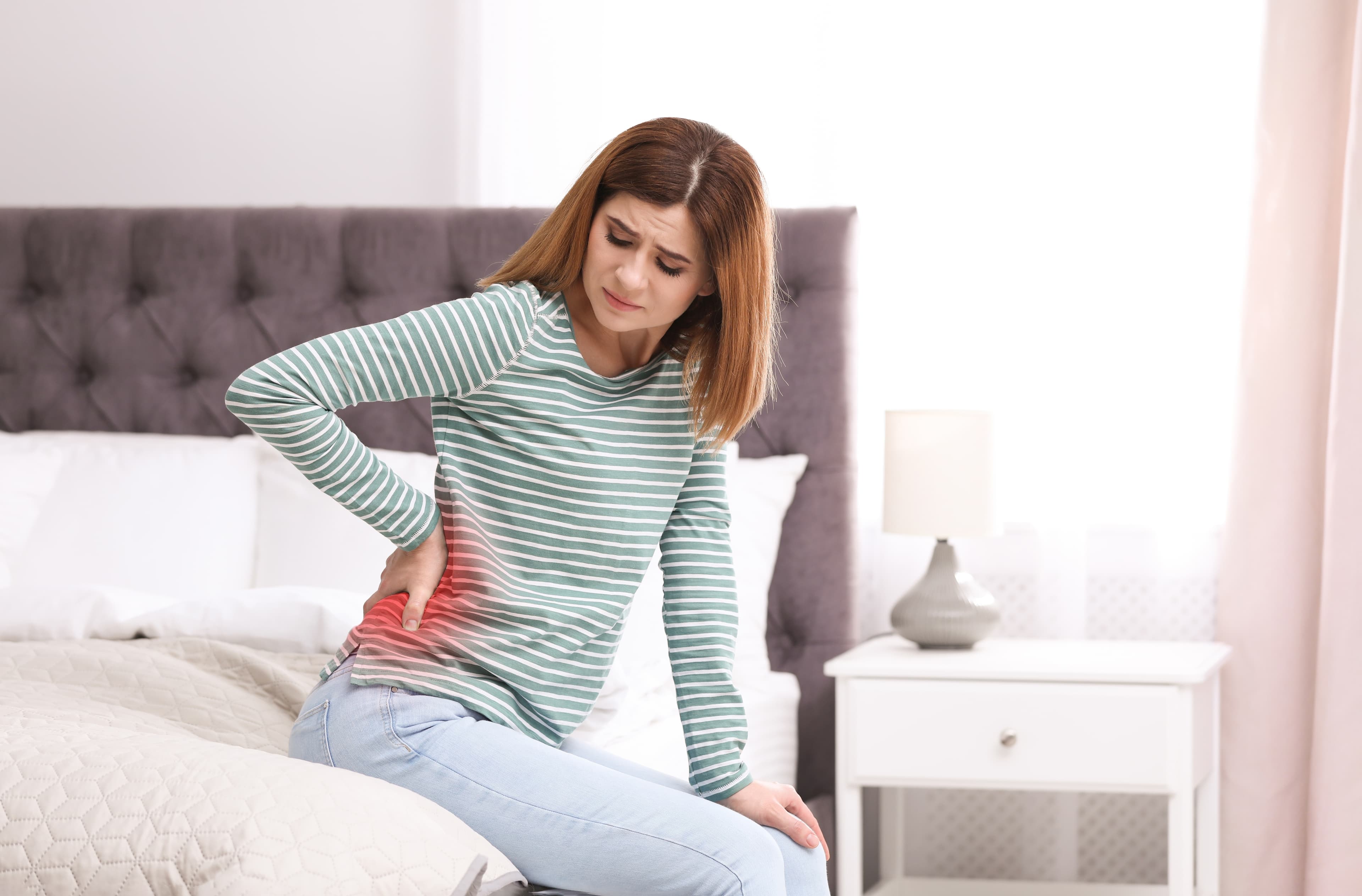With a holistic impact on our bones, muscles, tendons, nerves, blood, and collagen, massage therapy is promoted as the first remedy one should consider when experiencing back pain. Medical consultations are recommended only after noticing pain persisting even after several massage sessions - in this regard you can also use a professional massage chair.
Is it ok to massage lower back pain?
Since back pain is connected to different levels in our bone and muscular systems, we can also opt for deep tissue techniques designed to reach our muscles and connective tissues. Massage therapy should not be considered in cancer recovery care plans. However, when requested a lower back pain massage, therapists are advised not to apply pressure on the spine area.
Why does it hurt? Common causes of lower back pain in everyday life
The most frequent causes for lower back pain include poor posture, a sedentary lifestyle, and injuries caused by lifting weights or other activities. Regardless of factors, lower back pain represents an effect of muscle tightness. In 40% of all cases, however, lower back pain may persist as a long term discomfort. In such cases, we should distinguish between chronic and acute pain.
In contrast to acute episodes which may be connected to an injury or any other shock to our bones and muscles, chronic pain can be recognised if experienced for at least 3 months. Chronic lower back pain may also be caused by arthritis, osteoporosis, or any condition weakening bones. For long-lasting or severe pain, we are advised to consult a physician.
Massage techniques to try for lower back pain
Massage therapy addresses lower back pain through a multitude of techniques. The most common techniques employed by both therapists, as well as our close ones when comforting us with a massage revolve around kneading, which operates on soft and connective tissues, implying a gentle squeeze of our muscles. The main benefits of kneading are connected to the increase of blood and lymph circulation.
There are different types of massage therapies suitable for easing lower back pain.
To stimulate our body temperature which helps loosen our muscles, therapists can also opt for myofascial release by using flat hands and fingers. Muscle stiffness is also addressed through wringing through which therapists work with flat fingers and hands to move tissues towards the centre of our body. Nevertheless, especially for localised massages, therapists can also introduce acupressure which implies placing pressure around certain points.
Shiatsu massage
Developed around the ancient Chinese medicine philosophy of ‘qi’, which describes our body’s energetic balance, Shiatsu massage operates on our capacity of self healing. A Shiatsu massage begins with a conversation in which the therapists understand areas of discomfort around which they design personalised sessions. When delivering a Shiatsu massage, therapists apply rhythmic pressure on various areas of the body, using their fingers, knees, and feet. The benefits of Shiatsu massage on lower back pain are reflected in its impact on the sciatica area and on osteoarthritis. Also, a full body massage chair with zero gravity position is recommended.
Sports massage
Sports massage is designed to prepare muscles and joints for an intense physical activity. The two main health goals addressed through sports massage are to prevent injury or help recovery. Sports massage helps lower back pain through localised application as the techniques employed help stimulate blood flow, decrease inflammation and neutralise pain through tissue and joint elasticity.
Swedish massage
Swedish massage implies long circular movements which address muscle tone, length, and flexibility. Swedish massage may help chronic pain indirectly by focusing on calf muscles and stimulating nerve impulses and blood circulation towards the lower back area.
Therapeutic massage
Therapeutic massage is exclusively directed towards an area of the body which may be associated with pain. Regarded as a rather short term relief, massage therapy is recommended for acute pain. However, when integrated in the care planning for chronic pain, massage therapy can contribute to reduced medication, while also improving our ability to perform day to day activities. Nevertheless, therapeutic massage can also be performed post surgery.
Why you should own a professional massage chair
The main benefit of massage chairs is that regardless of the selected programs and features, they never apply direct pressure on the spine. In their standard features, massage chairs are designed to stimulate blood and lymph circulation.
Beyond the transport of nutrients, an increase in blood flow allows detecting damages, while also boosting up temperature, relieving pain caused by muscular pain. The lymphatic system is responsible for the release of metabolic waste. Nevertheless, massage chairs can also alleviate the stress associated with pain, by stimulating the feel good, positive hormones such as serotonin.
